Hi everyone!
What was going to be a two-week break turned into something considerably longer—my apologies. Couchfish is back to the regular posting schedule, with the first post for paying subscribers tomorrow, and billing has been turned back on (for paying subscribers). Many thanks for your support and here’s to hopefully a brighter year this time around!
Almost two years ago I was in a Kuala Lumpur taxi heading to the airport for a flight back to Bali. I’d been in KL for a week or so sorting out some paperwork as the first wave of Covid rolled across the region. I’d picked up my passport from the embassy that morning—it was to be the last time for quite a spell they’d be handling visas.
Settling into my AirAsia seat, I remember grimacing thinking I’d be back in KL in under a month for another trip. Little did I know, it was to be one of the last AirAsia flights from KL to Bali. A travelling friend I’d met up with in KL had decided to linger rather than push on, “this thing will blow over,” he said. He ended up stranded there for almost a year.
Last week I stepped into an airport for the first time since then, vaccination certificate and rapid test in hand. On the almost full Batik Air flight, it feels like nothing has changed. People take forever to stow their luggage, rustle their bags of snacks and keep their phones on for too long. The one difference is near every passenger is wearing a mask.
Hello old friend. Photo: Stuart McDonald.
Bali’s airport sees a fraction of the air traffic it used to, so there is no wait for take-off. With the mangroves at our back, the pilot puts the pedal to the metal and we sink into our seats. Moments later we soar over Airport Reef then enter a gentle left arc and climb high towards smudges of clouds.
Over the next fifty minutes, two of Indonesia’s greatest volcanoes slide past. First Gunung Rinjani, the anchor of Lombok. The 1257 Samalas eruption—“the most powerful volcanic blast since humans learned to write”—formed the volcano as it stands today. The blade-shaped summit marks one of the most distinctive peaks in Indonesia.
Rinjani took a pound of flesh for every metre off each of the four of us. Photo: Some other lunatic who likes climbing volcanoes.
Lombok behind us, we fly over Sumbawa’s western reaches towards Gunung Tambora. Like its sister peak Rinjani, when Tambora went off, it didn’t bother with half measures. On the fifth of April, 1815, it exploded. The eruption shaved about 1,400 metres off its height and people heard the detonation in Sumatra. The eruption has been linked to a temporary climate change that saw famine across parts of the Northern Hemisphere. It was during this “year without Summer,” that Mary Shelly penned Frankenstein in a Swiss villa owned by Lord Byron. The connection has been somewhat debunked, but it makes for a good story.
As Tambora slips from view, the next peak, Sangaeng appears in our forward window. It lacks the bombastic history of the previous two, but it remains active. The last time I tried to visit, the harbour guard at the coastal village opposite asked me if I was nuts.
The harbour master would not have blinked an eye if I’d tried to take that boat to Sangaeng. Photo: Stuart McDonald.
Our ears pop as the flight descends over the Sape Strait making a beeline for Labuan Bajo on Flores. On the wrong side of the plane, we miss Banta and Komodo National Marine Park, but it isn’t a complete loss. As we wheel onto the final approach, beneath us reefs glimmer like dollops from a rainbow. Brilliant green hills run down to the water’s edge—the landscape is about as far removed from Bali as you can get. It is beautiful.
We’re on final and my plane-spotting obsessed son films the landing for his trip report on his YouTube channel. The landing is smooth enough and before we know it we’re in the airbridge, then a taxi driving to our hostel.
Our driver is from Ruteng, a city to the east, and he peppers us with questions. When I tell him we’re Australian, he jumps with excitement, “you can come to here now?” he asks, only to be crestfallen when I tell him we live in Bali. Still, he isn’t shy about shuffling us brochures for boat trips and other tours. “Labuan Bajo is very quiet,” he says, “call me if you need a driver, I can take you anywhere.”
We dump our bags at our boho hostel and later in the day, go for an afternoon walk. It is my first time back to Labuan Bajo since it was deemed one of Indonesia’s “New Balis” and it is near unrecognisable. A boardwalk lines the sea and families and young people wander its length. Older men cluster in shaded salas backing onto the boardwalk. They chat, laugh and smoke. Kids scream “Hello Mister” and ask us where we are from. By the time we reach the end of one pier we’ve done half a dozen selfies. The scene has a festive feel despite the dour tourism mood.
Around the 8,000th photo with random people on the pier. Photo: William McDonald.
Later we watch the sunset. It blazes behind the dozens of pinisi and other dive boats idle at anchor. The town has changed to look at, but thanks to the people the vibe remains oh so familiar.
As I write this, we’ve already prolonged our stay in Labuan Bajo twice—maybe this year will be better.
Couchfish is 100 per cent independent and reader-supported. If you’re not already a subscriber, and you’d like to show your support, become a paying subscriber today for just US$7 per month—you can find out more about Couchfish here—or simply share this story with a friend.
Don’t forget, you can find the free podcasts on Apple, Pocket Casts and Spotify as well as right here on Couchfish.

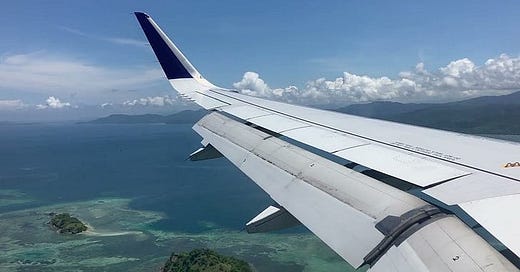


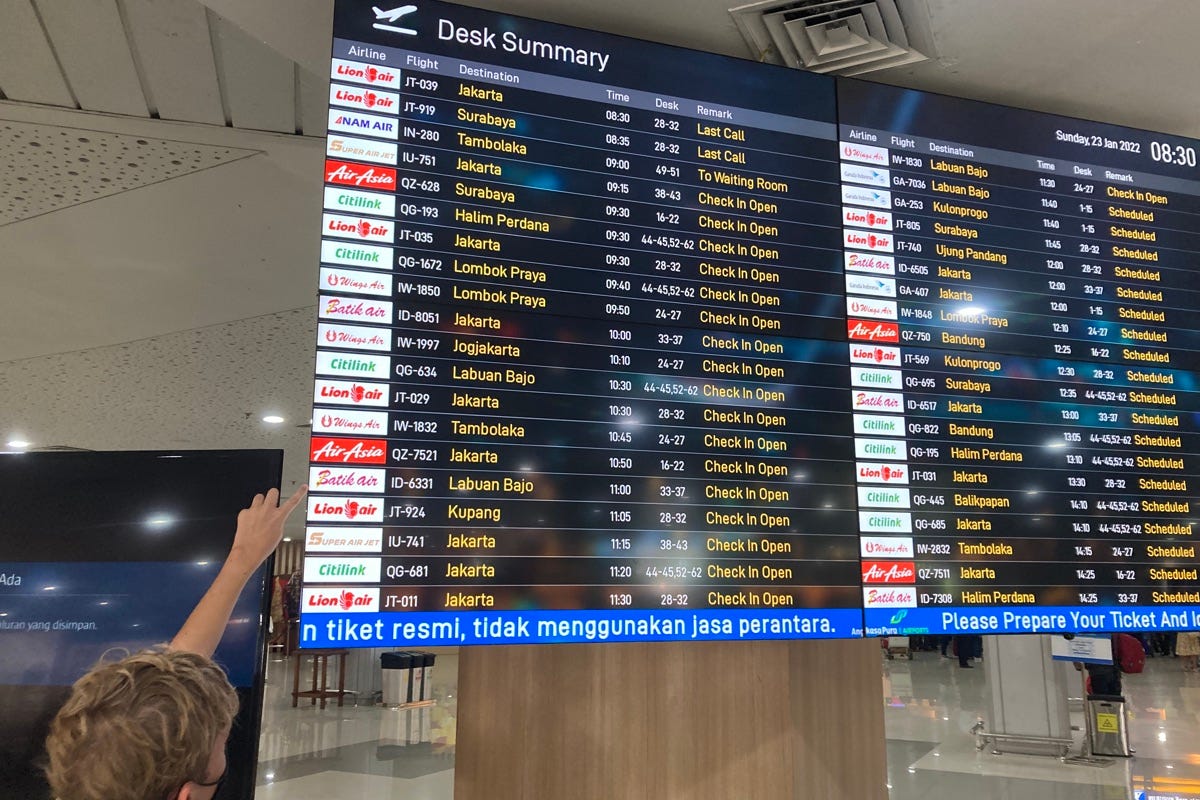
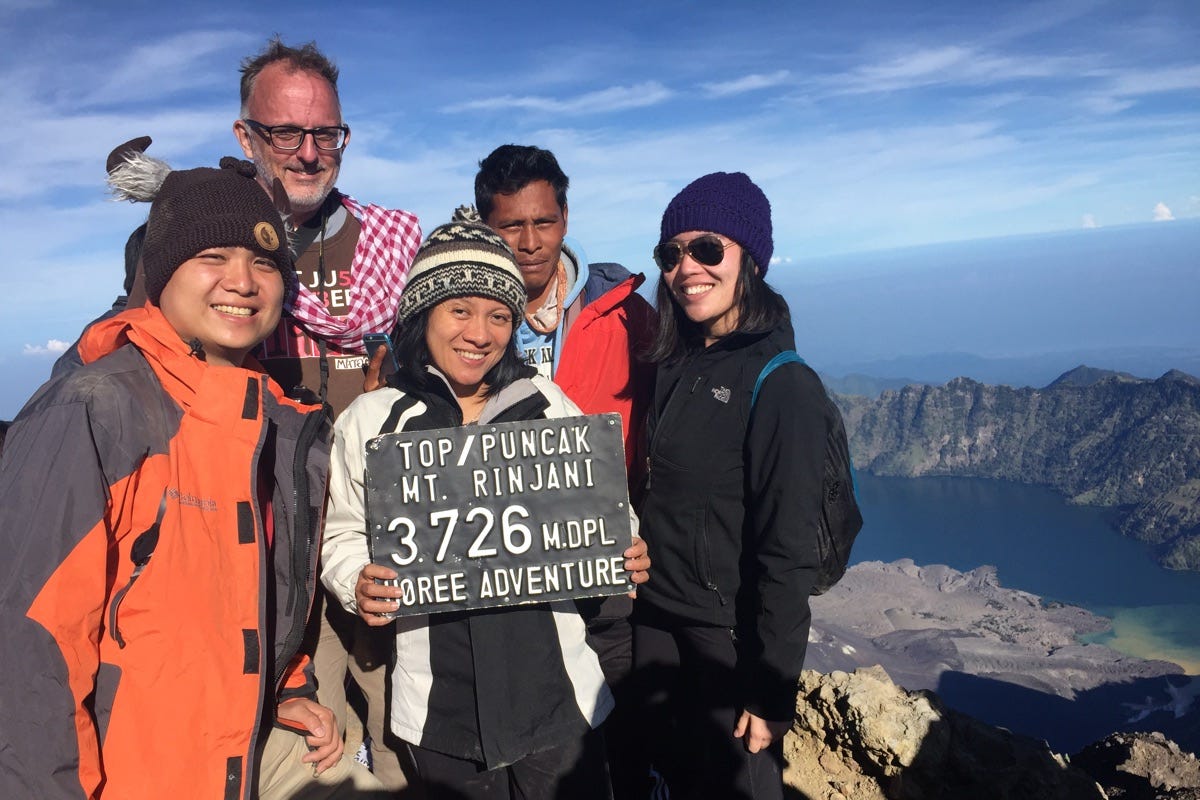
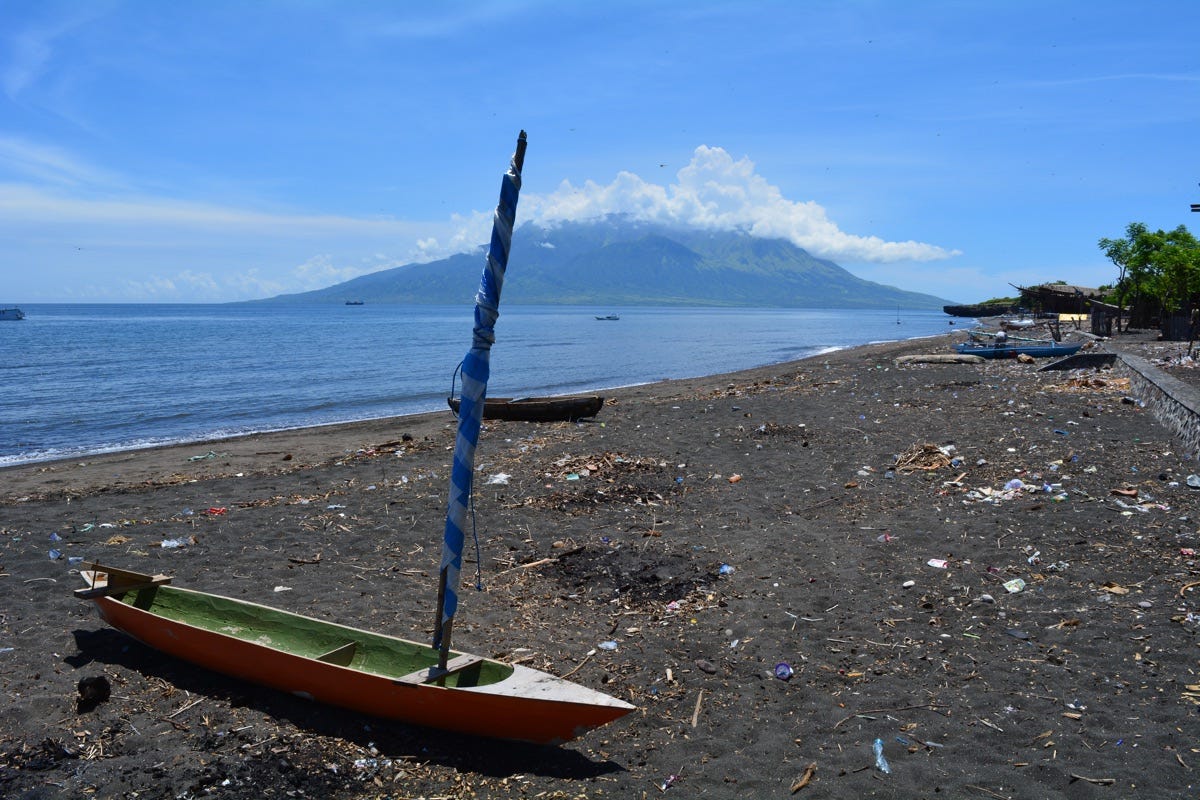
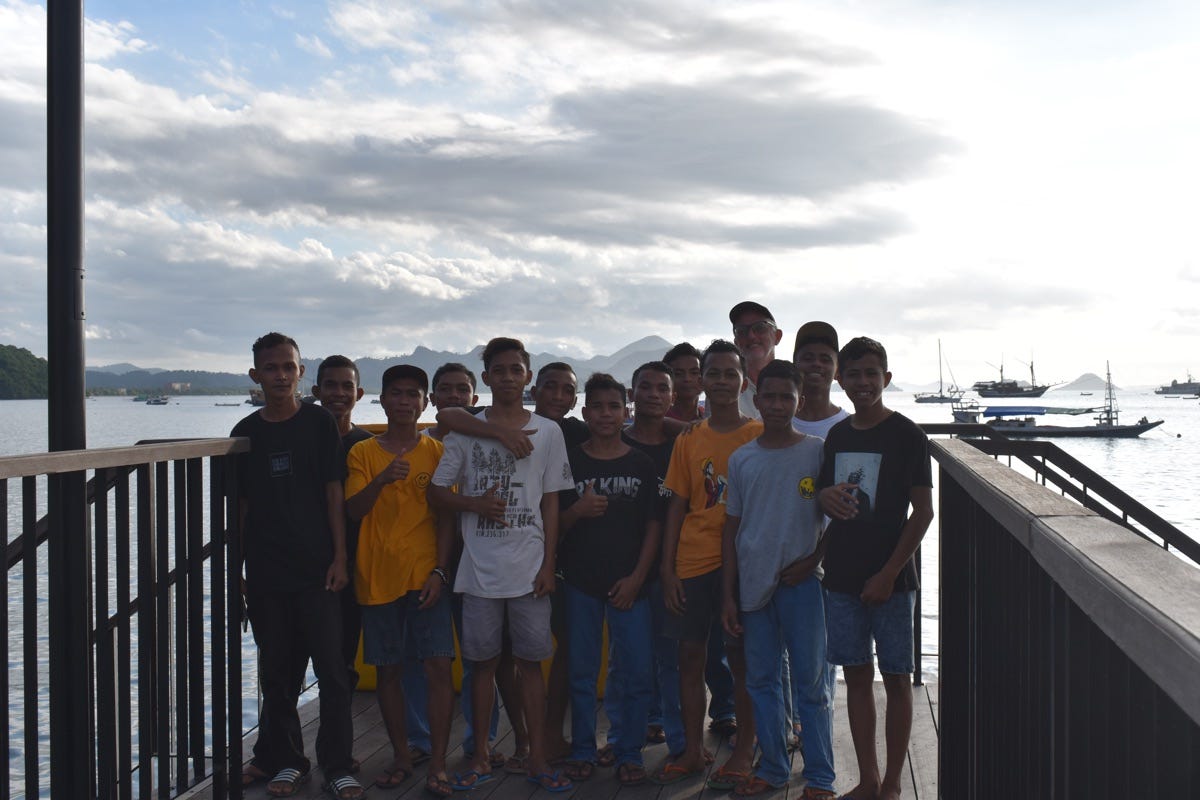









Share this post